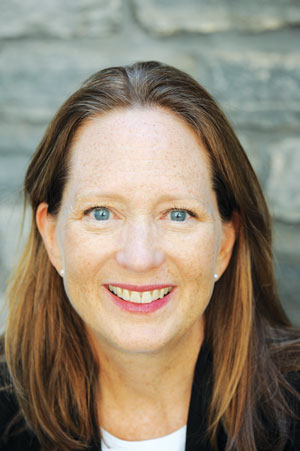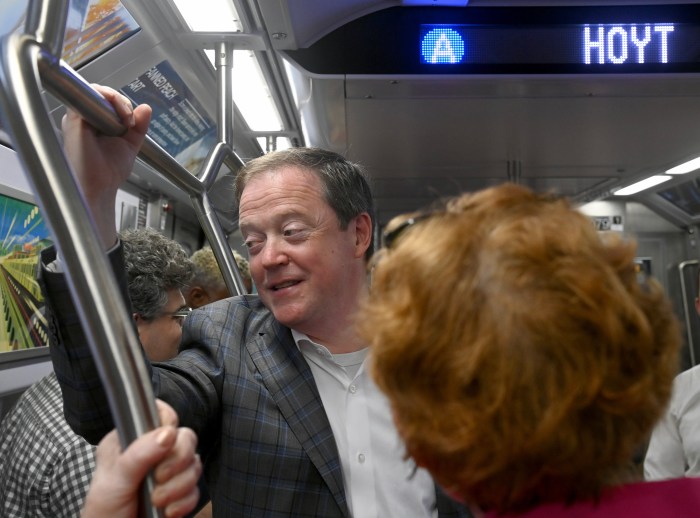
BY CATHERINE MCVAY HUGHES | Water surrounds Community Board 1 on three sides, and we experienced one of the highest inundation levels in Manhattan during Superstorm Sandy on Oct.29, 2012, with seven feet of water in some areas. Two people drowned in our district that night three years ago, and property damage was extreme.
Sandy proved that Lower Manhattan is in desperate need of immediate resiliency and hardening measures. We are concerned about both the short and the long term. Lower Manhattan remains largely unprotected at Sandy’s third anniversary, and the potential is increasing for extreme weather events in Lower Manhattan.
CB1 is encouraged that progress is being made. A wide-ranging community-based process with New York Rising, an initiative of Gov. Cuomo, showed that a top priority was to address the needs of the vulnerable population and focus on making Lower Manhattan more resilient. This lead to the allocation of $6.75 million in state and city funds this past March for an engineering and planning study. The study will start next spring and will take two years. This means that there will be no study — no plan — before spring 2018.
On Tuesday the city submitted its application for a possible grant of up to $500 million in the Natural Disaster Relief Competition (NDRC) Phase II. Recently, the city committed to contribute $100 million to leverage potential funding for the Lower East side from Montgomery Street, north of the Manhattan Bridge, down to the Battery Maritime Building.
After intense lobbying by CB1, we established last week that the “Manhattan Tip” will now include Battery Park City and Tribeca, making the planning scoping area consistent with the application. The Federal government will announce in January which of the 40 applications from around the country will win a portion of the $1 billion.
The city’s April 2015 report continues to mention the multi-purpose levee along Lower Manhattan’s eastern edge called “Seaport City” and this resiliency effort is being led by the city’s Economic Development Corporation. Specifically, CB1 is concerned about the long-term plan for this area of CB1’s Seaport and Financial Districts which envisions high-density development in an area already lacking critical infrastructure such as public school seats for a growing population and overloaded, deteriorating public transportation.
Mayor de Blasio released a report projecting sea-level rise in New York City between 11 inches and 21 inches by the 2050s, between 18 inches and 39 inches by the 2080s, and between 22 inches and 50 inches by 2100, with a worst-case projection of up to six wfeet by 2100.
The future is clear: higher water levels and more frequent flooding. In addition to extreme events, “nuisance” flooding — inundations hurting only lower-lying areas — will also increase. CB1 is a major business district and employment hub, the fastest-growing residential area in the city, and the linchpin of our tri-state mass-transit system. Climate change threatens all these assets, which benefit the entire city and the country as a whole.
Earlier this month I joined conference calls with the Office of Emergency Management on preparations for Hurricane Joaquin. Luckily, Joaquin veered out to sea. But extreme weather events are the new normal, and we must address the causes of climate change. Making excuses that it is too complicated or too expensive is defeatism: our friends in Holland and throughout Europe have found ways to minimize the threat of sea level rising and intense weather events. The technology is there and proven.
We are only at the beginning of a long process to harden our waterfront and save our city. Currently the portion of the “Big U” for the “Manhattan Tip” which includes CB1 is just a line on paper. Funding, design and construction will demand community participation and support.
Catherine McVay Hughes is the chairwoman of Community Board 1, which covers Tribeca, Battery Park City, the Civic Center, the Financial District and the South Street Seaport area.

















